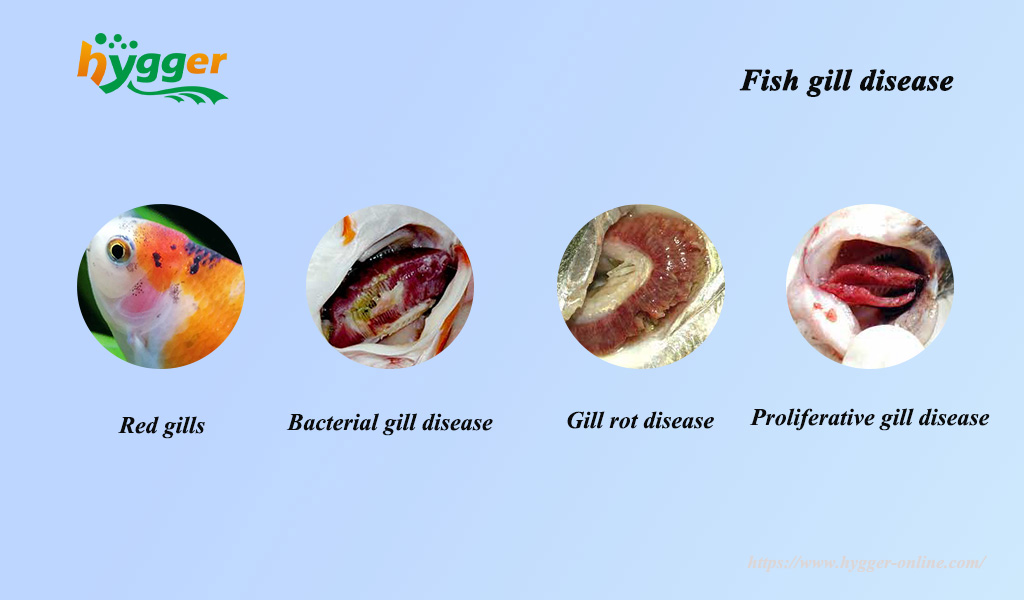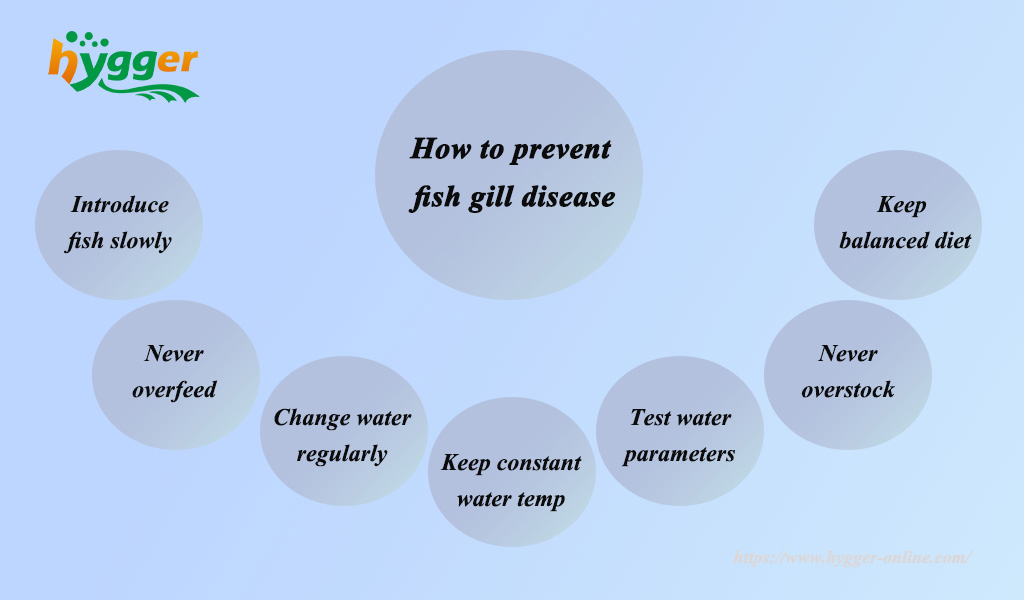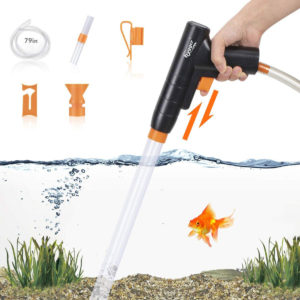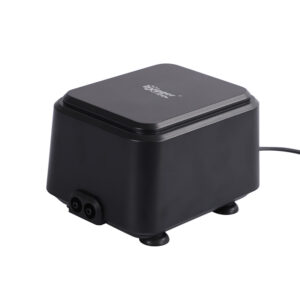Due to bacterial infections or fungal infections, fish may suffer fin rot disease. Also, infections may be the cause of fish gill disease. If you want to know more about fish gill disease, just read on. Given below are more about the disease, like what is fish gill disease, the causes of fish gill disease, gill infection in fish, how to spot and treat fish disease, etc.
Fish disease spotlight – fish gill disease
What is fish gill disease?
Fish gill disease is commonly the result of bad living conditions, bacterial infections, fungal infections, or parasite infections. It will lead to gill rot and erosion, which makes fish hard to breathe, then even poses threats to fish survival.
Types of fish gill disease
- Fish gill disease caused by bad living conditions (e.g. Gas bubble disease /Red gills in tropical fish)
- Bacterial gill disease (e.g. Black gill disease)
- Fungal infection (e.g. Branchiomycosis, also known as gill rot disease)
- Parasite infection (e.g. Amoebic gill disease /Proliferative gill disease, also named Hamburger gill disease)
Causes of gill disease
| Fish gill disease | Causes of gill disease |
| Red gills in tropical fish | 1. Too high ammonia level leads to ammonia poisoning 2. Introducing too many new fish at the same time 3. Water parameters fluctuation |
| Bacterial gill disease | 1. Poor living environment (e.g. overcrowded, poor water quality, too high or low water temp, etc.) 2. Bacterial infection caused by Flavobacteria, Aeromonas, or Pseudomonas spp. |
| Branchiomycosis /Gill rot disease (Fungal infection) | 1. Bad environmental water conditions 2. Fungal infection caused by Branchiomyces sanguins and Branchiomyces demigrans |
| Proliferative gill disease (Parasite infection) | Caused by Henneguya ictaluri – a myxosporean parasite |

How do fish gills work
Fish gills are composed of rows of thin and long primary filaments attached to the gill arch. Plus, there are secondary lamellae on both sides of the primary filaments. Also, there is an outer covering, named gill epithelium. Oxygen, ammonia, or other small molecules pass through the gill epithelium and then get into the blood vessels.
How to spot the gills of a fish
| Fish gill disease | Symptoms of fish gill disease |
| Red gills in tropical fish | 1. Fish gills turn red 2. Swelling gills 3. Fish gasp air on the water surface 4. Loss of appetite 5. Lethargic fish |
| Bacterial gill disease | 1. Swelling or deformed gills 2. Gill tissue turns red 3. Fish gasp air on the water surface 4. Rapid breathing 5. Loss of appetite 6. Loss of weight |
| Branchiomycosis /Gill rot disease (Fungal infection) | 1. Mottled or blotchy gills 2. Gray traces on the skin 3. Lethargy 4. Severe respiratory issues, like hypoxia |
| Proliferative gill disease (Parasite infection) | 1. Swollen gills 2. Broken gill cartilage |
Treat gill disease in fish
1. Gill disease treatment
- Red gills in tropical fish
- Quarantine the affected fish in another fish tank.
- Decrease the ammonia level by changing the water. For instance, change 50 percent of water. An electric vacuum cleaner will help you a lot. It can automatically change the water, remove dirt, and wash sand.
2. Bacterial gill disease
- Leave sufficient space for fish: separate fish into another tank or move to a larger fish tank.
- Keep water clean: do water changes and monitor the water parameters.
- Treat fish with potassium permanganate or salt water additives.
- Heal fish suffering secondary bacterial infections with antibiotics.
3. Branchiomycosis /Gill rot disease (Fungal infection)
Commonly, gill rot diseases would not be recognized until the fish die because of hypoxia. If you can notice fish that are affected by gill rot disease, you can heal them with calcium oxide, sodium chloride, and copper sulfate.
4. Proliferative gill disease (Parasite infection)
Until now, there is no effective way to heal fish suffering from proliferative gill disease. But you can quarantine infected fish. And introduce Ictiobus bubalus to reduce Dero worms. It makes sense in reducing the infection risk of proliferative gill disease to some extent.

How to prevent fish gill disease
1. Red gills in tropical fish
- Introduce fish to your tank slowly and never overstock
- Never overfeed and keep a balanced diet
- Do water changes regularly and monitor the water quality
2. Bacterial gill disease
- Never overstock. Keep in mind – leave enough room for fish to swim and explore
- Keep the constant water temperature
- Do regular water parameters tests. You can do it with the help of aquarium test strips.
- Clean the aquarium filter once each month
3. Branchiomycosis /Gill rot disease (Fungal infection)
- Keep the fish tank clean. You can build a great filtration system. It is helpful to remove excess waste and toxic substances, such as ammonia, nitrite, and nitrate. Plus, filters can circulate the water and then aerate the fish tank. Then, maintain stable water quality.
- Maintain a constant water temp. An aquarium heater will help you out, like an intelligent quartz heater. It shows real-time water temp and set temp, which is available in Celsius or Fahrenheit.
4. Proliferative gill disease (Parasite infection)
- Apply hydrated lime to dry before introducing fish to ponds.
So, what now
Seeing that there are effective cures to deal with fish gill disease, while some remain a mystery. And It is grueling for fish in the face of disease. As a result, you’d better prevent fish from disease infection. Additionally, regular testing is critically crucial. Once you find abnormal symptoms, treat the fish as soon as possible.
That’s it. More miracle cures for fish gill disease, welcome to share with us in the comment. We are happy to receive your sharing. Finally, thanks for your time. And we hope this post helps.



Leave a comment